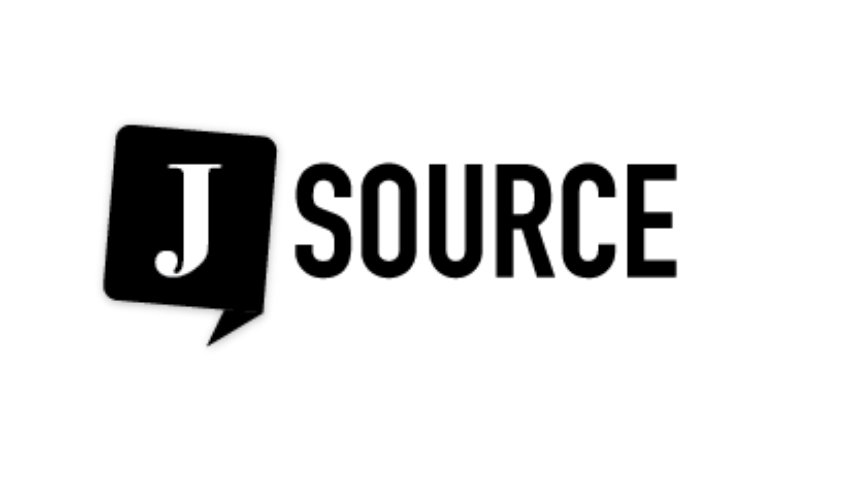Year / 2006
-
Essays on narrative journalism
The Neiman Narrative Digest is a website established to improve and advance the practice of narrative in journalism by offering useful resources to writers, editors, teachers and students. This page provides links to a series of essays from established writers… -
Joint programs
Recently a number of universities have begun working with local community colleges to offer joint or “hybrid” programs. Here is a list with links.… -
Free online lessons from BBC Training
The BBC Training department offers a number of interactive lessons online on a range of broadcast issues from using digital video progams to gathering sound for radio. They can all be found at the link below.… -
John Sawatsky on interviewing
Some of the best advice about interviewing for journalists comes from Canadian author and journalist, John Sawatsky, who has been giving workshops to journalists in Canada and around the world for years. His guidelines for getting the most out of… -
Resources for teaching computer-assisted reporting
CARinCanada is a website where Canadian journalists can learn about computer-assisted reporting in Canada, and get weekly tips to help them use spreadsheets and databases in their reporting. The site is maintained by Fred Vallance-Jones, a reporter at the Hamilton… -
Notes towards a definition of journalism
In the opening to his essay on the education of journalists, Canadian journalism educator, G. Stuart Adam writes: “Journalism is made; it doesn’t just happen. So the language we use to see it and teach it must be akin to… -
Pressthink
Jay Rosen, an associate professor and former chairperson of New York University’s Department of Journalism, has been posting to his blog, PressThink, since 2003.… -
J-schools step up investigative reporting instruction
Five American universities have found a way to work together so students can learn to do large-scale investigative reporting projects.… -
Tip sheets and online courses
The Canadian Association of Newspaper Editors has produced a substantial list of tip sheets on a variety of writing, reporting and editing challenges which Canadian journalism educators may find very helpful in the classroom.… -
Good news for journalists — and their sources
CommentaryFormer National Post reporter Andrew McIntosh’scourt victory to protect a key source in his Shawinigate investigation should resonate across the country. By Dean Jobb.…
Loading posts...



